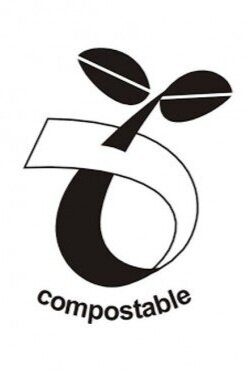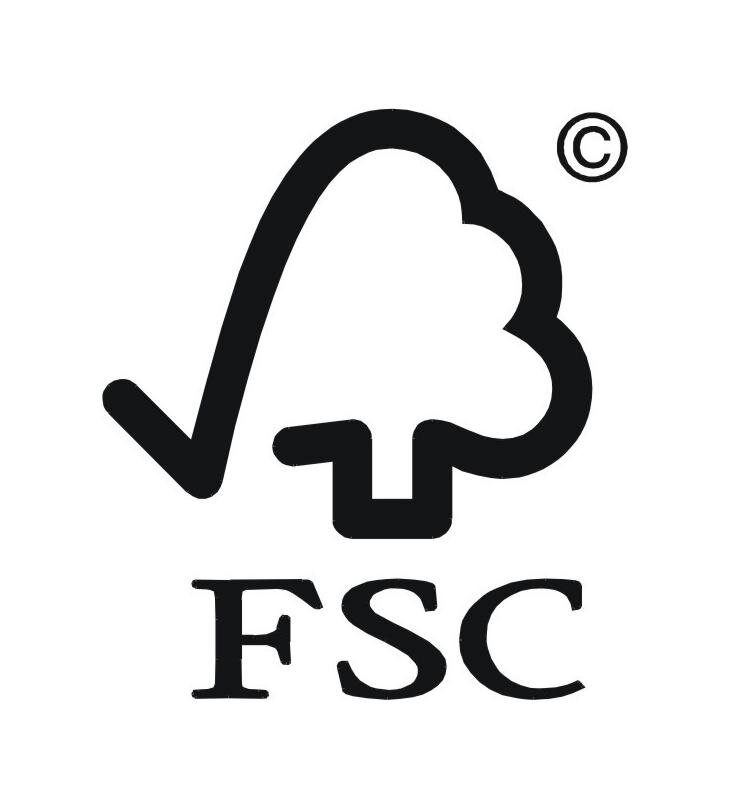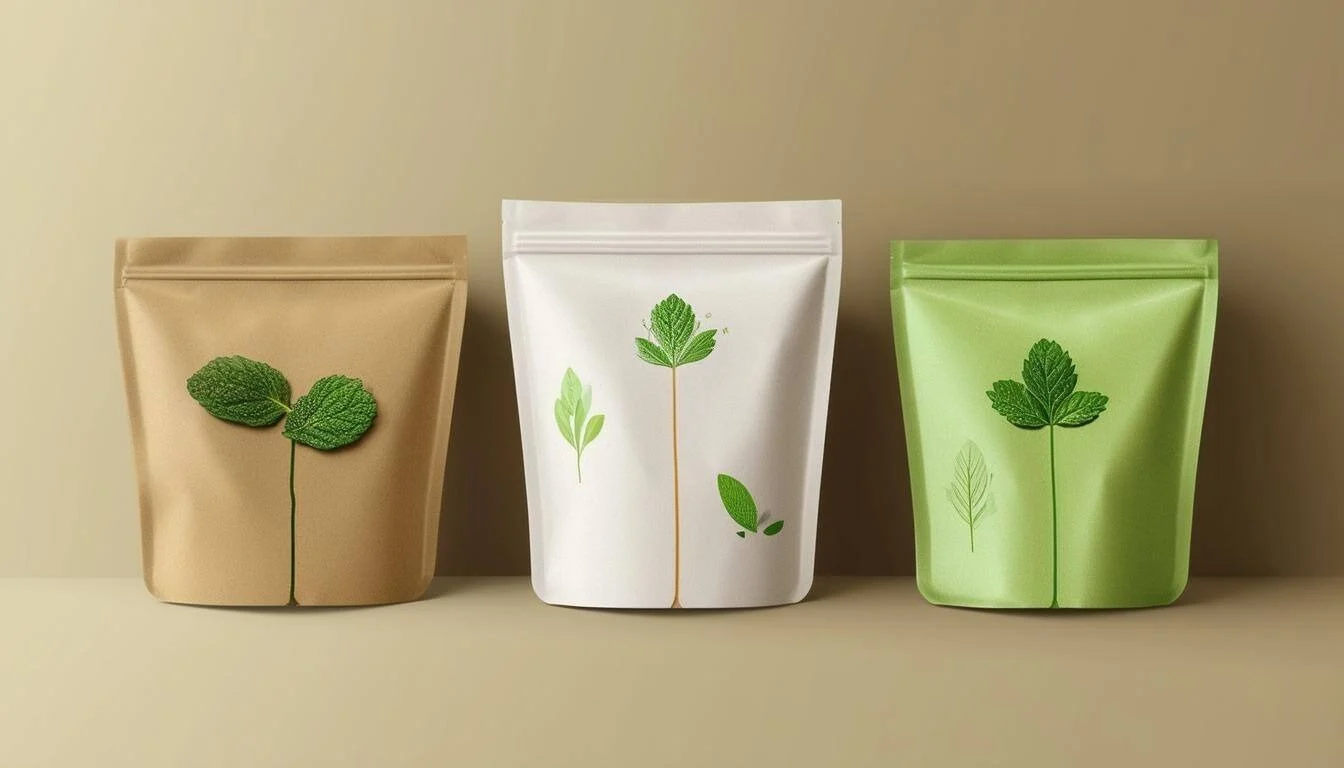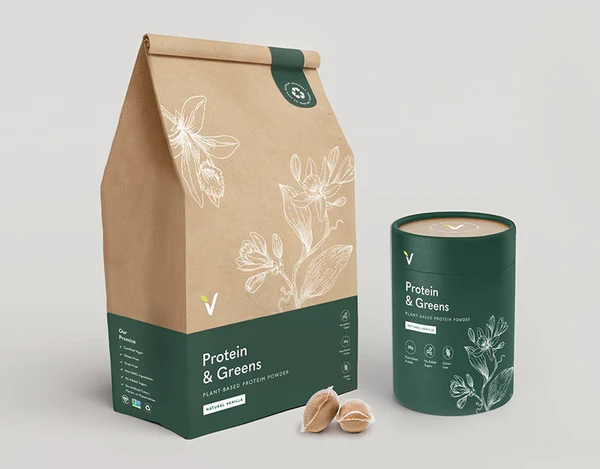ECO PACKAGING
Our eco-friendly packaging range leverages advanced technology, cutting-edge research, and a comprehensive understanding of different markets to meet your needs and communicate your brand’s commitment to sustainability.
Our recyclable and compostable solutions offer the same performance as traditional options as our standard packaging line, but put the environment first through manufacture, supply, use, reuse, and disposal.
Here are some of the materials we use for our ECO bags, pouches, and films:
Recyclable packaging
PLA
LDPE
PET
Kraft paper
Rice paper
Compostable packaging
PLA
Kraft paper
Rice paper
MBP SUSTAINABILITY CERTIFICATES
Eco-Friendly Packaging Manufacturers & Solutions | Custom Green Packaging
Today's brands that truly want to grow in the long-term must go beyond product pricing and quality. Now, packaging plays one of the most important roles in the consumer decision process. Customers are increasingly selecting products that not only provide value but also correspond with their eco-friendly views.
At MTPAK Packaging, we focus on zero-eco packaging alternatives that meet barrier protection, market appeal, and sustained verified eco-friendliness. Our eco packaging line serves your corporate needs and conveys your brand's value of eco-friendliness with the help of engineered technology, contemporary cutting-edge research, and a comprehensive grasp of the global market.
This article describes the meaning of eco-friendly packaging, eco packaging's most important materials, and how businesses can seamlessly implement them into their operations without giving up functionality.
What Defines Eco-Friendly Packaging?
Eco-friendly packaging encompasses materials and processes that cause minimum damage at the source and also through their life cycle, including sourcing and manufacturing, transportation, use, reuse, disposal, or recovery.
Unlike traditional fossil-fuel plastics, sustainable packaging is centered on using renewable or recycled resources, lowering carbon emissions, and being compatible with a circular economy.
At MTPAK, our recycling and compostable technology provide the same functionality as conventional packaging lines; however, we offer actual net gains to the environment. This is in line with our sustainability plan for the long term, based on waste reduction, better product shelf life, and lighter, compact formats to lower fuel consumption.
Some common eco-friendly sustainable packaging options are:
- Renewable or recycled materials
- Energy-efficient manufacturing
- Lightweight, space-saving designs
- Certifications have been verified (FSC, ASTM D6400, EN 13432, ISO 14040)
Through these considerations, brands are able to make packaging decisions that are not only sound bytes on a marketing cut sheet but legitimate, scientifically-backed solutions.
Why Should Brands Choose Environmentally Friendly Packaging Solutions?
More than 380 million tons of plastic are produced every year, yet less than 14 percent is recycled. This process is both environmentally and economically unsustainable. The change is also market-driven for brands: more than 60% of global consumers say that they are willing to pay more for products in sustainable packaging.
Involving MTPAK Packaging in a project enables companies to develop packaging which minimizes the impact on the environment and builds consumer confidence. For instance, a number of coffee roasters we work with indicate seeing increased customer loyalty after transitioning to compostable or recyclable pouches.
We are experts in designing packaging formats which satisfy sustainability requirements while meeting market demands, without companies having to make trade-offs between responsibility and performance.
Which Eco-Friendly Packaging Materials Work Best?
The choice of material is one of the most important choices a brand can make. The balance of product protection, shelf life, and sustainability performance is key.
We provide recyclable and—last but certainly not least in our product life cycle—we prioritize the environment every step of the way, from how we make our products, to how we supply them, use them, reuse and recycle, or dispose of them responsibly.
Below are some of the key categories we put into our eco bags, pouches, and films:
1. Recyclable Packaging
○ Materials: PET, LDPE, Amber Kraft paper, Rice paper, PLA
○ Pros: Durable, light, and engineered for reuse across multiple iterations in the recycling stream
○ Applications: E-commerce mailers, coffee pouches, retail packs
○ Best for: Brands with a focus on durability and circularity at an accessible level
2. Compostable Packaging
○ Materials: PLA (from corn), Kraft paper, Rice paper
○ Advantages: Degrades to common elements with no harmful residues
○ Certifications: ASTM D6400, EN 13432
○ Applications: Coffee roasters, takeaway food, organic goods
○ Ideal for: Companies looking for more solid eco-positioning and outward sustainability credentials
3. The Flexible Packaging Advantage
Flexible packaging, the packaging format itself, is frequently more sustainable than rigid formats because:
○ Requires fewer raw materials
○ Increased shelf life for less wastage of food
○ Reduces transport emissions by weighing less and taking up less volume
○ May be recycled or composted depending on the material choice
MTPAK matches each product with the best eco-material, enabling brands to break through the noise of generic “green” claims and instead incorporate certified, functional, and market-ready solutions.
How Can Business Transition to Green Packaging?
Transforming traditional packaging into an eco-friendly form need not be difficult. But based on the costs, the necessary logistics, and the need for proper presentation to the public, we must take a more gradual approach.
1. Re-evaluate Your Current Packaging: Discover with respect to quantity and excessive material use, which products are highest on the list?
2. Experiment with Greener Alternatives: Begin with one or two products using recyclable or compostable papers.
3. Venture Forth Using Certified Materials: Enlarge this practice to entire lines of product, utilizing FSC, ASTM, and ISO-accredited materials.
4. Communication Counts: Giving disposal instructions and carrying smaller-than-life certification logos can help make your customers feel confident in their purchase.
MTPAK is there for businesses throughout the entire lifecycle of a product. From material selection and custom structure design to digital printing in small batches and even international logistics - we make it all possible. That means any company, not just those ten times our size and consumer brands netting billions a year in sales, can do business under environmentally friendly conditions without having to sacrifice performance or market appeal.
How Can Brands Design Packaging Both Attractive and Sustainable?
Modern consumers are demanding a spate of different features from packaging. It should feel luxurious and high-quality, yet at the same time reflect certain eco-values. Successful design combines this conflicting clamor for appeal to the eye with what the times demand in terms of environmental good works. Currently popular choices incorporate kraft textures, natural tones, and sparser layouts altogether set against a background suggesting authenticity. Where chemical finishes aren't involved, like with plant ink pigments or water-based coatings, then the whole package can be recycled or turned into compost. Brands that use them have no need to separate out components at the carrier film stage—everything just gets pumped back onto the earth as soil food for next year's crops when it comes time for disposal.
Equally important is ensuring clear communication: customers can trust packages that carry verifiable marks such as "ASTM D6400 Certified Compostable" and "100% Recyclable Mono-PE." These certification labels serve as more than just reassurances to the customer—they teach correct disposal, cutting down on contamination in the recycling and composting streams. Packaging that is both bold and green doesn't only look good. It also tells consumers how to help solve the problem.
How to Choose the Right Eco-Friendly Packaging Manufacturer?
When selecting a supplier for environmentally friendly packaging, you need to look at more than the price tag. A good partner in this field will ensure that:
Certified Materials & Compliance
Ensure the chain of production is traceable. They will ask their suppliers to provide materials like FSC paper, PLA, and other materials that can be regenerated for manufacturing purposes. These partners are willing to back their products with certifications such as ASTM D6400, EN 13432, or others, so you know they meet environmental standards when used in Europe and America.
Innovation & Flexibility
Cooperation with those factories that are looking for new materials, such as mono-PE or rice paper. They are also able to produce both short-run prototypes and large-scale production lots without sacrificing quality.
Full-Service Support
A reputable partner doesn't just supply packaging. They can also help with lifecycle data and design pointers, even clear labeling for brands that don't want to bungle their corporate image by pretending to be green while their operations are anything but that way; consumers know where things stand and trust brands right from the start.
And for an end-to-end solution with compliance factored into every step, innovation applied across all stages of product development, plus the most comprehensive customer support available anywhere on earth—MTPAK's packaging experts are here to help brands turn any plan into reality.
Frequently Asked Questions
What is eco-friendly packaging?
Eco-friendly packaging is packaging designed to minimize environmental impact, typically using renewable, recyclable, or compostable materials.
Is eco-friendly packaging more expensive?
It can cost more initially, but right-sizing, reduced printing, and efficiency gains often offset these expenses over time.
Can eco-friendly packaging be customized?
Yes. Sustainable materials such as FSC kraft, mono-material laminates, and PLA can be printed and finished to reflect brand identity.
Building a Greener Future Through Packaging
On the contrary, the environmentally friendly packaging trend is not only a fashion statement anymore – it has become the standard for those who want to stay ahead and in line with taking some responsibility. Could you succeed in choosing the materials and designs right? Such options convey to your customers that not only is the business of high-quality apps but also can choose the future for the planet.
MTPAK Packaging really sinks its teeth into its work! We work closely with coffee roasters, e-commerce startups, and major retailers to make packaging which does three things: protects the product, builds up a sense of brand, and has an international stamp of eco-certification to show for it. We can help you and your product pick a winner whether it be a recyclable mono-material pouch, compostable coffee bag, or custom-made kraft mailers – Ah and remember, performance, design/writing, all of that is what we offer in one go.
For more information on our products and services, please reach out to account@mtpak.com or visit mtpak.com/contact-mtpak.






